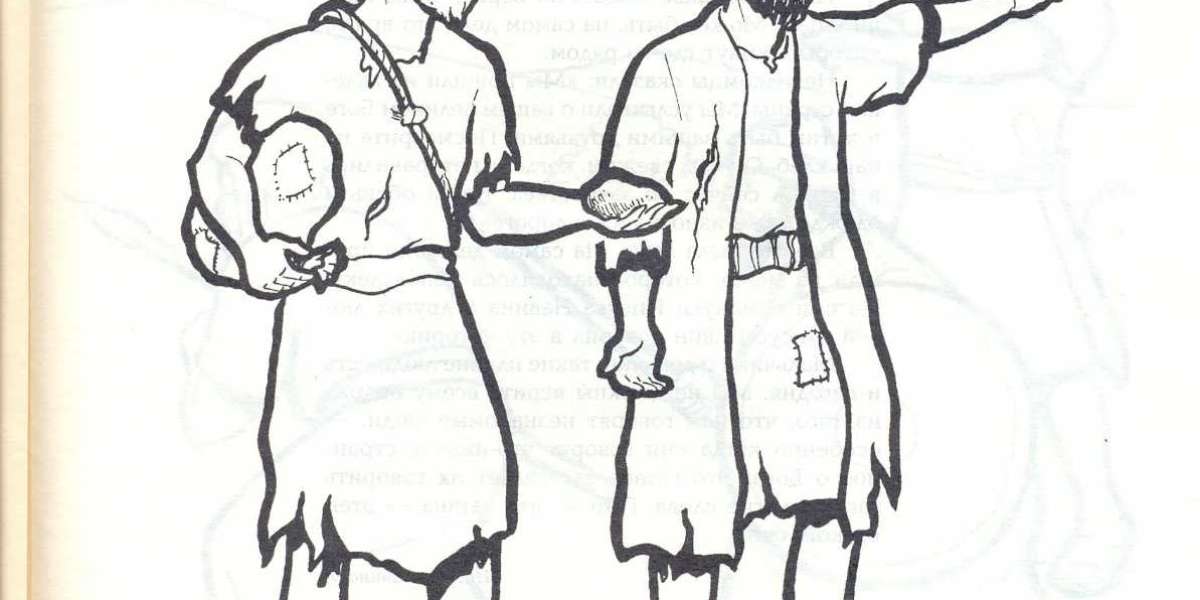The Greek word happens as often as possible in the Greek Old Testament as the interpretation of the Hebrew word mashal, meaning: precept, by-word, insightful saying, comparability, anecdote. It happens with particular recurrence in the Synoptic Gospels, where the illustration is an attribute of the instructing of Christ, not as in Christ made the sort (for we track down anecdotes once in a while in the Old Testament, and, autonomously, in Rabbinic Literature), however as in Christ made an exceptionally extraordinary utilization of the story; after Him the Apostles don't appear to have involved it in their educating. As utilized in the Gospels, the word anecdote implies an account of pretty much imaginary person, however managing articles or events taken from nature or the existence of man, which fill in as terms of correlation with represent an extraordinary reality of the ethical, strict request. In this account the articulations are to be perceived in their conventional sense, the words keeping their regular exacting sense. The illustration along these lines contrasts from the purposeful anecdote in which the words are utilized in the metaphorical sense, the moral story being actually a progression of representations, with respect to occurrence when Our Lord says: I am the Good Shepherd; the Door; the Vine, and so forth (John 10:15). It contrasts from the tale or apologue (which isn't addressed in the New Testament) in that the last option utilizes as entertainers, plants or creatures, and so forth, which are made to talk and act pretty much unnaturally, and in that the tale shows a reality of the regular request or presence of mind. In the Gospels we track down illustrations and purposeful anecdotes, and a middle of the road class in which the two sorts are pretty much blended. To comprehend an illustration accurately, we should determine the exact place of the examination, and subordinate the rest to that point, without attempting to track down an example in every single one of the subtleties of the story: a few of the subtleties are there essentially to give consistency and interest to the account, however are not expected to convey an illustration. Along these lines for example illthe illustration of the Cockle (Matthew 13:24 sq.) the rest during which the adversary oversows cockle, and the workers of the great man in charge of the household disguise no extraordinary secret. In like manner one should be careful with finding in an anecdote an example about a point which the story isn't intended to represent, and of making applications to cases not expected by Our Lord: along these lines from the way that one-fourth of the seed yields organic product (Matthew 13:3-9; 18-23) we may not construe that just one-fourth will be saved. The illustrations, the quantity of which is given contrastingly by the various creators, as indicated by their pretty much severe meanings of "anecdote," manage certainties of moral strict person, e.g., Prodigal Son, the Two Debtors; or with the Kingdom of God in its different perspectives (nature, development, fulfillment, and so forth): see Matthew 13; these last stories concerning the Kingdom of God are truth be told predictions of Our Lord concerning the future advancement of His work.
Martin Ihesiaba
64 Blog posts





